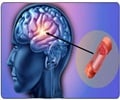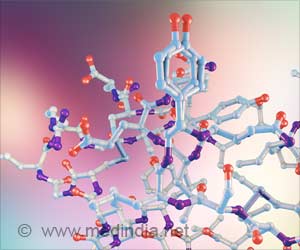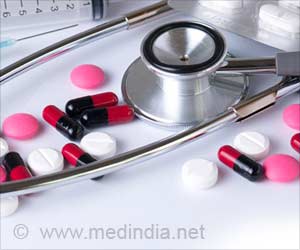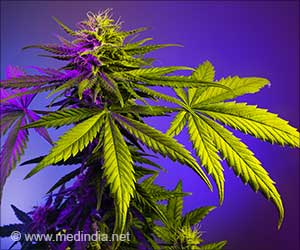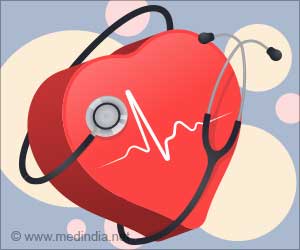A new University of Georgia study has found that recovery after a stroke can be boosted by a commonly prescribed blood pressure-lowering medication.

"I'm very excited because I think we can harness the restorative properties of the contralesional hemisphere-the other side of the brain-with drug therapies," Fagan said.
"When most researchers study stroke they compare the animal's side of the brain that's damaged to the opposite side, assuming that that side is normal or not affected."
For the study, Fagan and her team induced strokes in two groups of male Wistar rats by blocking a major artery in the brain. A third group of placebo, or sham, animals did not experience strokes so that scientists could compare healthy brain hemispheres across all groups. One group received a single dose of saline solution; the other received a dose of the blood pressure drug candesartan. The placebo group received no treatment.
Animals treated with candesartan displayed higher levels of growth factors that aid with the formation of new blood vessels in the brain, a result that confirmed that of earlier studies from the lab.
However, the study revealed a previously unobserved phenomenon: Different types of growth factors dominated different hemispheres in the brain, which suggests that candesartan could have healing properties beyond the area of damage.
Advertisement
Source-ANI


